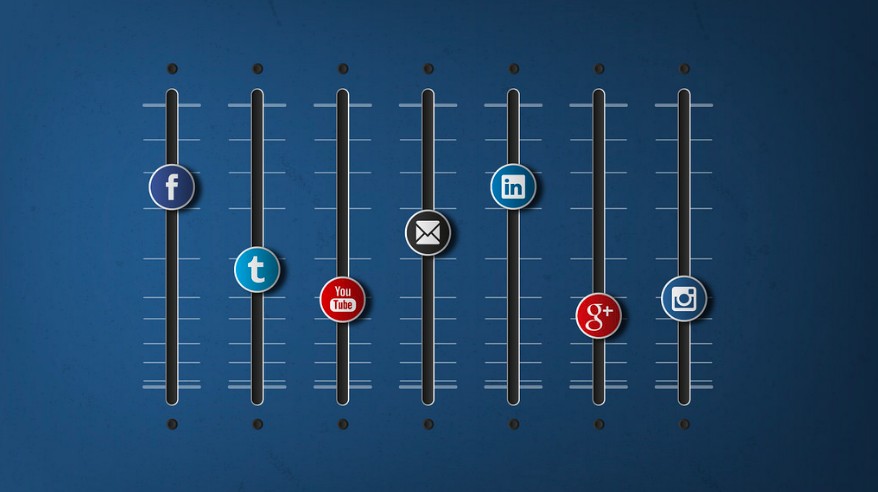The web is a large place, all agreed and to survive or in most cases evolve and develop quickly to govern or sell more ground, businesses have merged, partnered or grouped on some select services. You often see this sort of technique within group purchasing such as buying groups to enable a cost saving across multiple business. Anyhow how does this relate to an ad network you may ask. An Ad network works just like this but rather than pulling together for better buying incentives a group of advertisers will pull together to offer a wider resource / platform to sell advertising on.
Lets say you are a niche super market and you sold only African spices and the likes of Tescos, Sainsburys and Asda do not sell any African spiced products and you wanted to entice and spread awareness to some of their customers that browse all three competitor websites. Well you may well think you would have to approach each supermarkets web team individually to pay to advertise on their website. This is where ad networks become so valuable because if the likes of Tescos, Sainsburys and Asda were all signed up to an ad network (usually hundreds of thousands of websites strong) you could place your ad budget with one business who would place all your ads across all applicable websites and no extra charge.
Ad network rules can vary as well, so it is important to understand exactly what you get through each network. For example if you advertise with Google Adwords you can pick from the following various mediums across different ad networks: text, video, image across just Googles pages or Googles partners pages.
End users like you or I could even become a Google partner as well by selling adspace on our youtube channel content or website pages and so this is where the art of targeting audiences and key brand messaging comes into its own.











